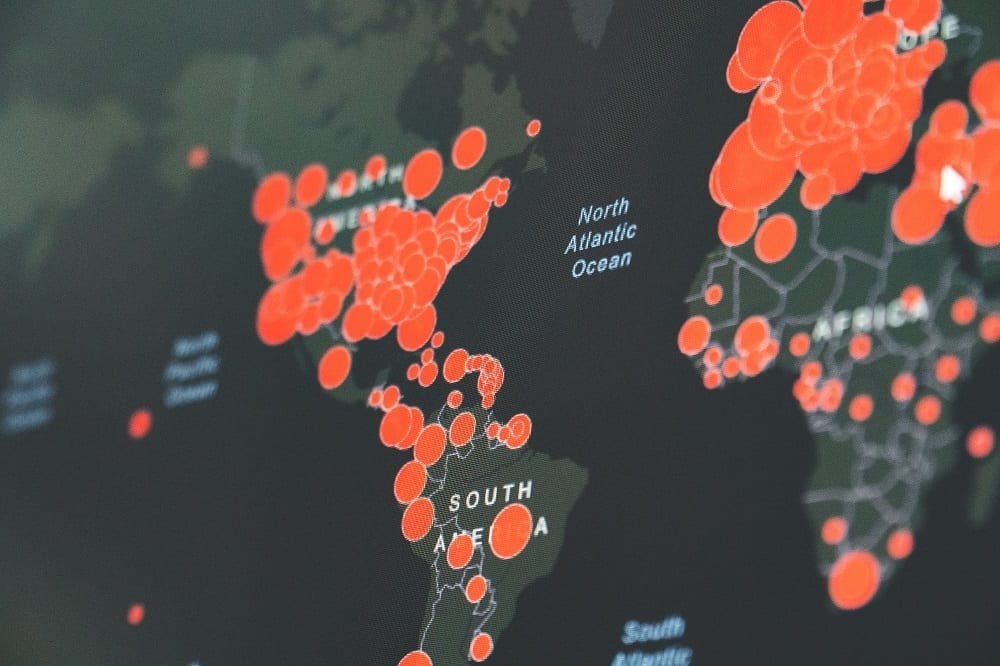
@ShahidNShah


When you consider how many healthcare entities a patient might encounter—primary doctors, medical specialists, pharmacies, hospitals, LTPAC facilities—you can understand the importance of digital interoperability for the industry. Every healthcare event along a patient’s journey that isn’t accessible to current and future providers can put both those providers and the patient at risk.
That’s why it is so important for electronic health information to flow seamlessly across a variety of systems, and that those systems are all able to read and effectively process the data.
Another lesson COVID-19 taught us was that any organization—healthcare providers included—can suddenly find its staff forced to work from home for any number of reasons, from a natural disaster to a pandemic.
Continue reading at healthcareittoday.com
Fortunately, in this era of smartphones, electronic health records, and American’s hunger for health information, hospitals are now in a terrific position to cut through the noise and offer …
Connecting innovation decision makers to authoritative information, institutions, people and insights.
Medigy accurately delivers healthcare and technology information, news and insight from around the world.
Medigy surfaces the world's best crowdsourced health tech offerings with social interactions and peer reviews.
© 2025 Netspective Foundation, Inc. All Rights Reserved.
Built on Dec 17, 2025 at 12:37pm